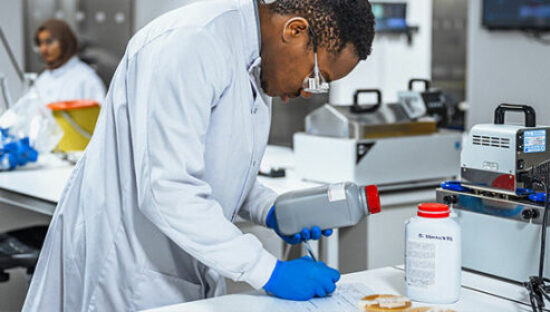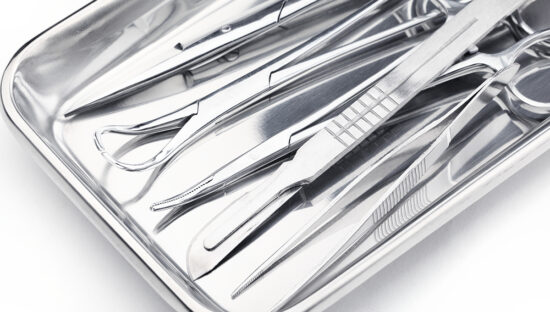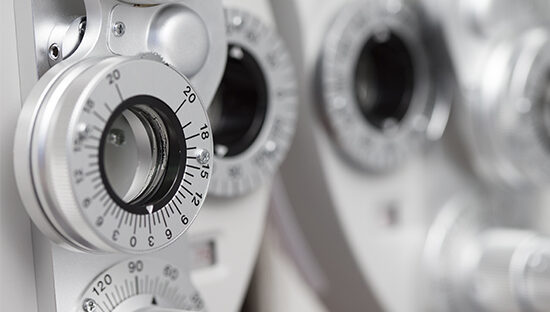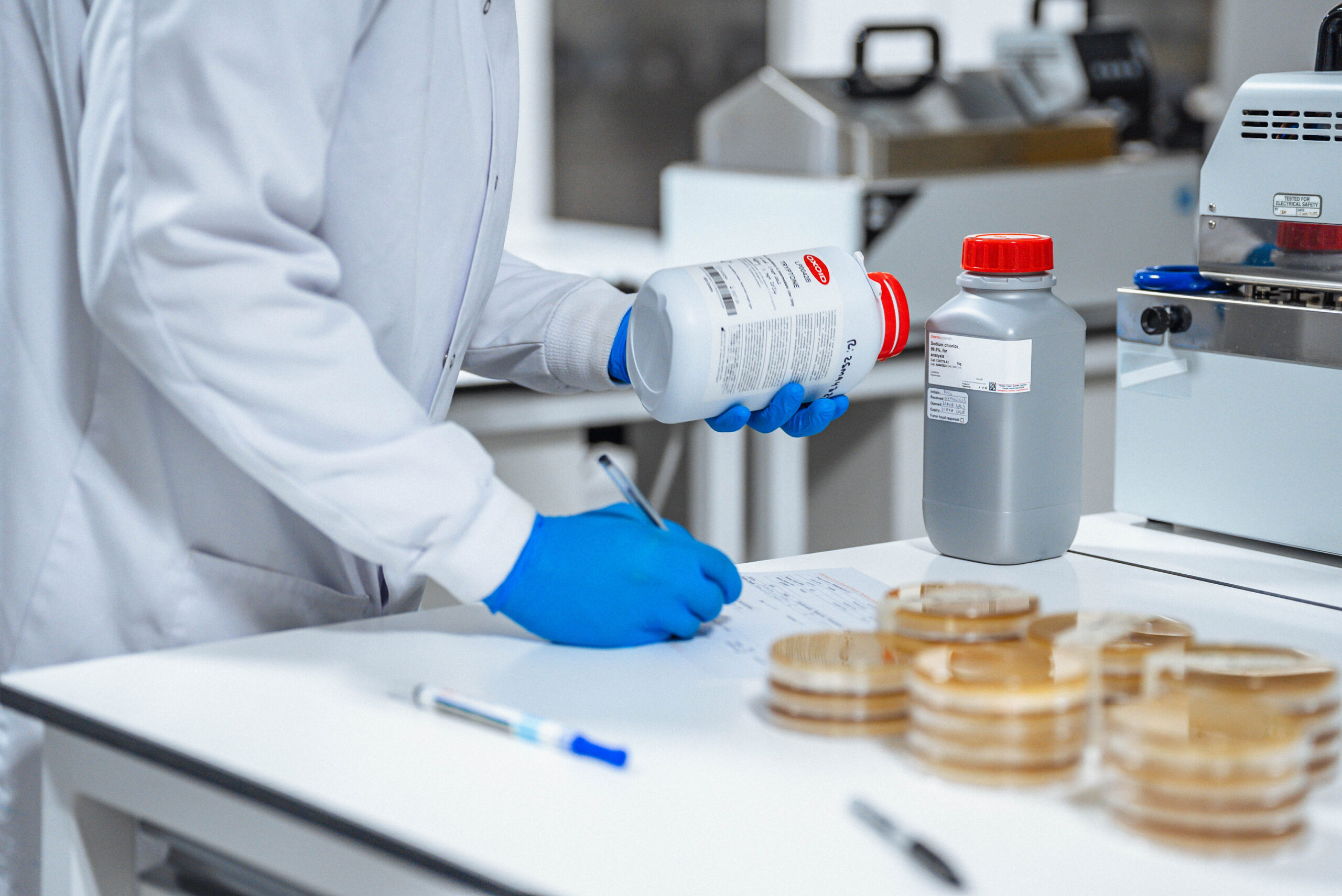
What is barcode verification?
Barcode verification is a process in which 1-D and 2-D barcodes are graded according to specific quality parameters defined by the industry. With technologies advancing and regulations changing, verification is becoming a fundamental step to ensuring readable, high-quality codes are repeatably produced.
How do I verify a barcode?
Barcode verifiers are used as they are specially designed, calibrated pieces of equipment which can analyse a barcode. Along with their software, they can validate the data to check for conformance against ANSI/ISO standards, such as ISO/IEC 15415 or ISO/IEC 15416 as well as industry groups like GS1 and HIBCC.
Why should barcode verification be carried out?
An increasing number of regulated industries, including medical devices require a Unique Identification Device (UDI) system put in place to allow for traceability and improved incident reporting. The medical device regulations mandate that the UDI system should allow for identification in both human readable interpretation and machine-readable form which should be a series of numeric or alphanumeric characters created using globally accepted coding.
This means that verification of a barcode and the data it obtains is essential for quality control to ensure that it will meet all the necessary performance requirements. It should then guarantee the readability of the barcode along the supply chain until end of life, meaning it will reduce errors, delays, cost, and possible risk to patients.
What are the purposes of barcode verification
Barcode verification can be carried out for a range of purposes including:
- To ensure the method of printing/finishing is suitable for the material, shape and colour used
- To check the samples of a batch/run to ensure the production process is consistently producing barcodes of high quality
- To ensure that the barcode remains compliant and durable after being exposed to possible stress factors including temperature, humidity, reprocessing methods, repetitive handling and solvent/chemical
Barcode verification is also the most reliable way to diagnose and fix marking errors by diagnosing what aspect of the quality parameters the barcode is failing.
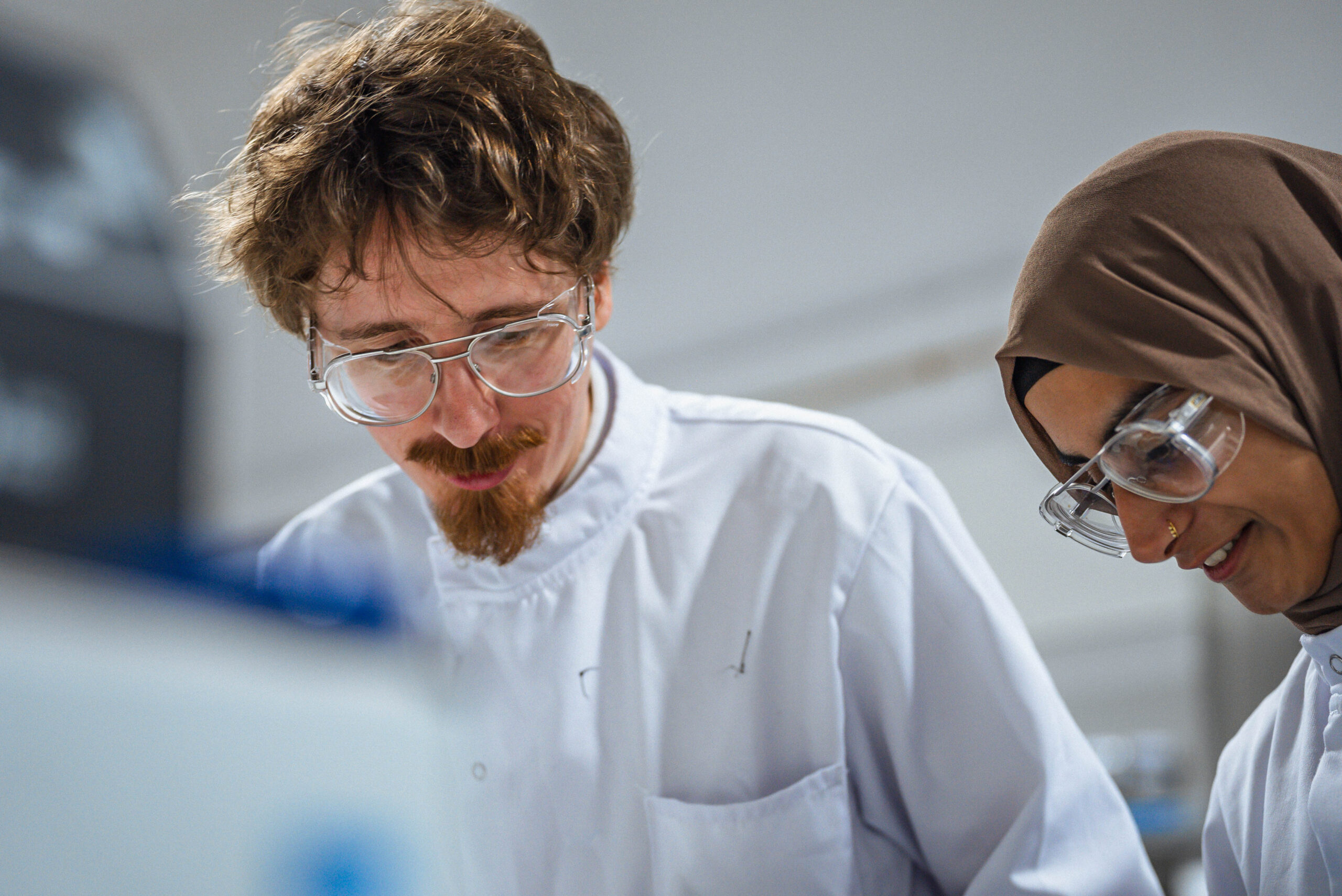
Why not just use a barcode scanner?
While barcode scanners are invaluable tools for tracking packages and devices throughout the supply chain, their capabilities are limited when compared to the comprehensive nature of barcode verification. Barcode scanners excel at reading and capturing barcode data at a specific point in time with a particular device. However, they lack the ability to provide insights into the symbology and structural intricacies of the barcode.
In contrast, barcode verification goes beyond the mere act of reading. It ensures that the barcode and its associated data can be universally interpreted by all scanners throughout the supply chain. The specialised equipment used in barcode verification undergoes regular calibration and employs specific lighting setups to meticulously assess parameters defined by international standards and industry groups. This meticulous process guarantees a level of quality and compliance that surpasses the capabilities of a standard barcode scanner.
Medical device barcode verification
With medical devices, where precision and accuracy are non-negotiable, companies often rely on laboratories to conduct rigorous tests on label readability throughout the product lifecycle. Laboratories utilise advanced barcode verification technology to simulate various environmental conditions and stress factors that medical devices may encounter. By subjecting barcodes to temperature variations, humidity, reprocessing methods, repetitive handling, and exposure to solvents/chemicals, manufacturers can ensure that their labels maintain readability under diverse circumstances.
This proactive approach by medical device manufacturers ensures not only compliance with stringent regulations but also guarantees that barcodes remain robust and readable from production to end-of-life. The investment in barcode verification and laboratory testing becomes a strategic imperative for companies aiming not just to meet standards but to exceed them, safeguarding patient safety and maintaining a seamless supply chain.


